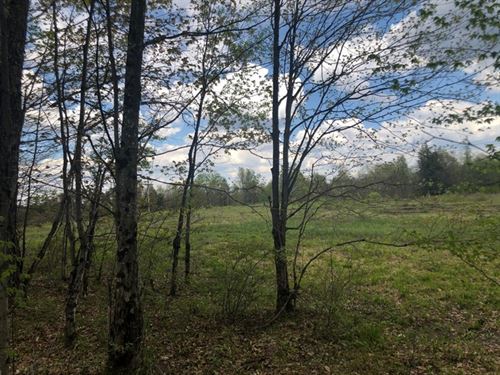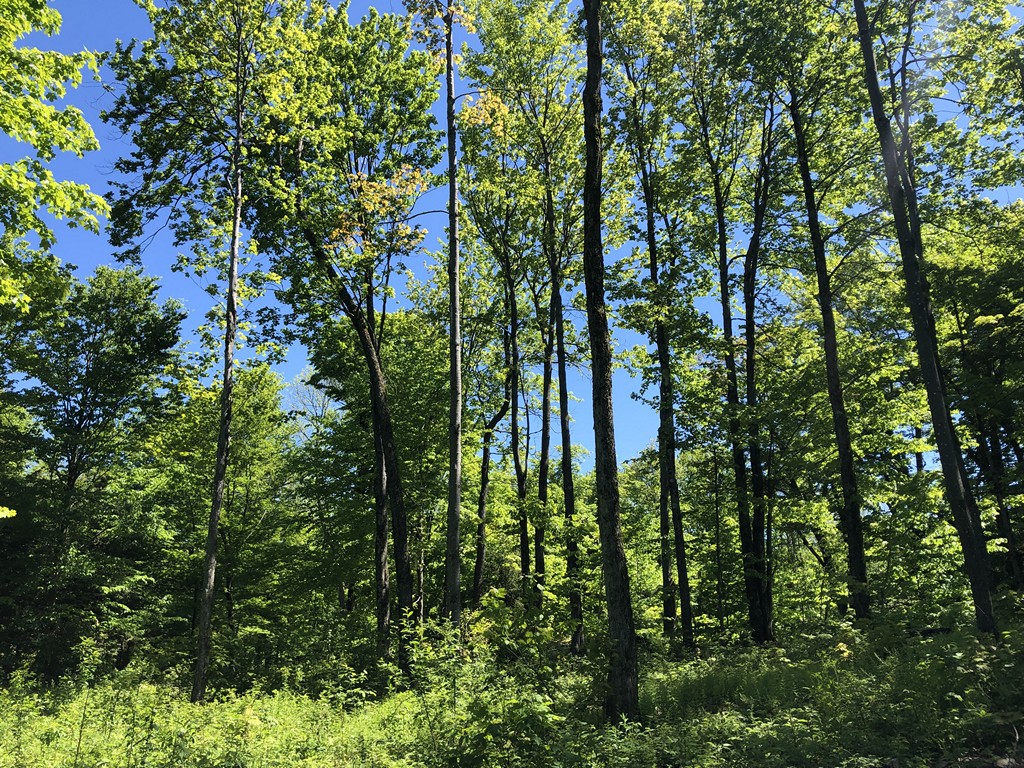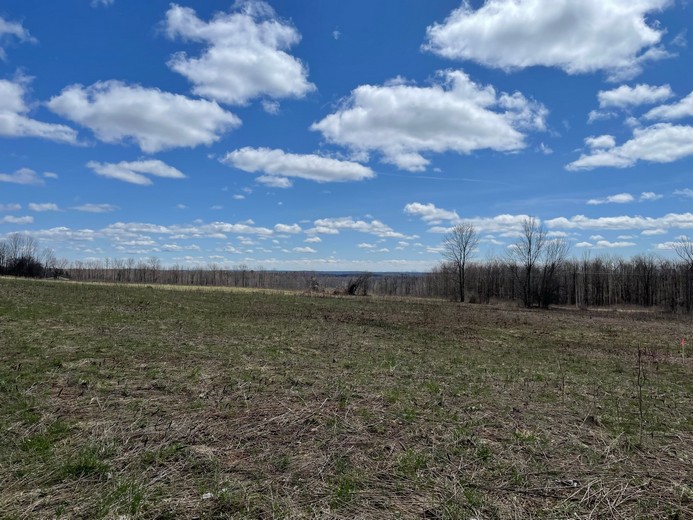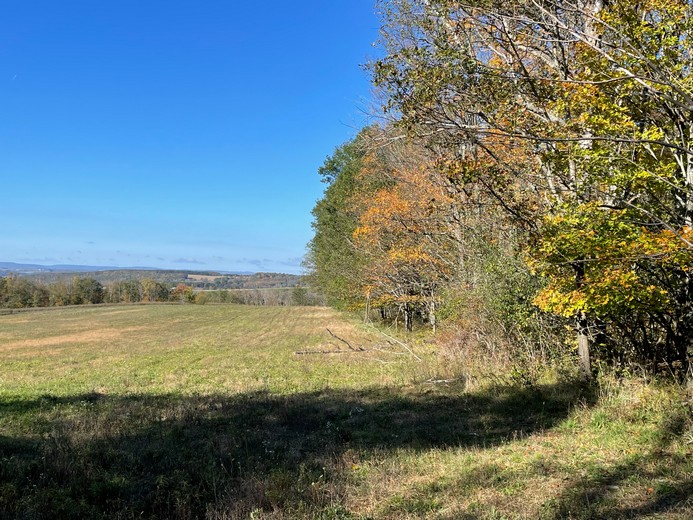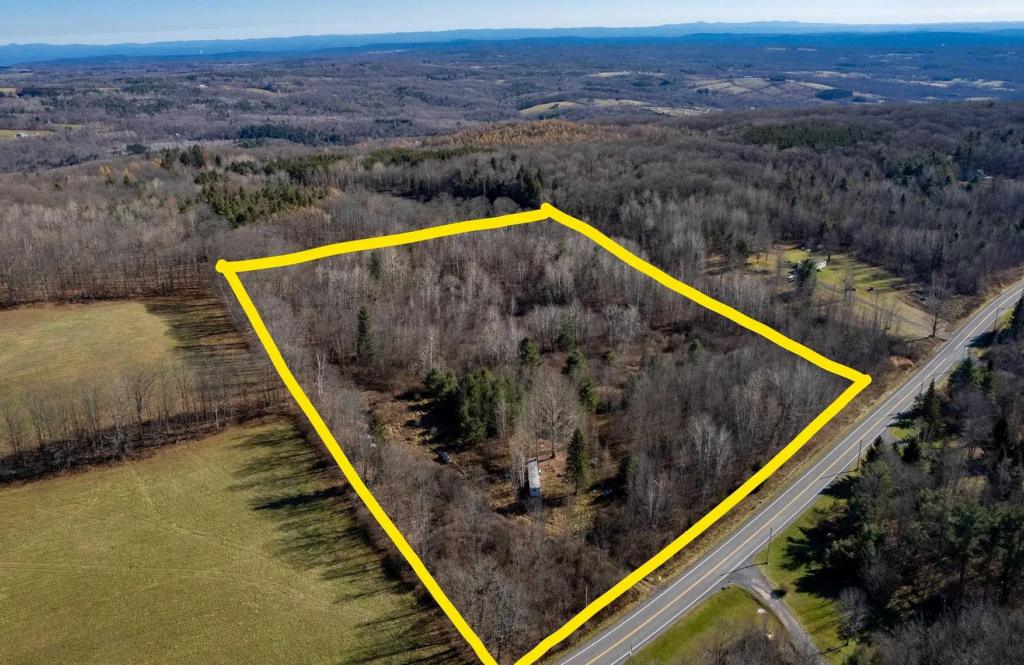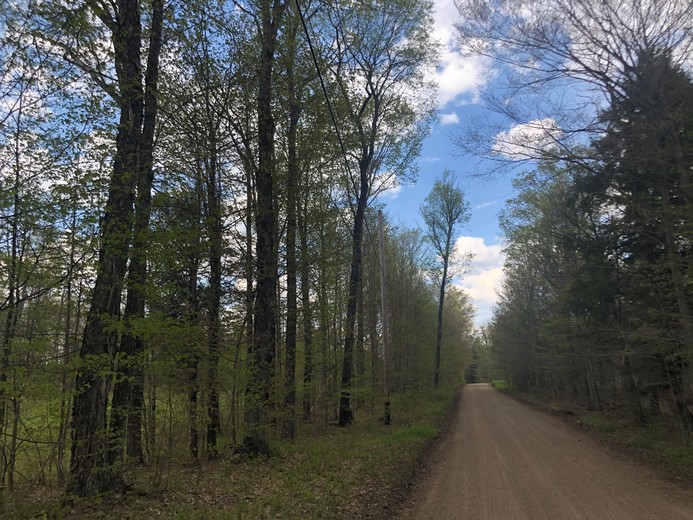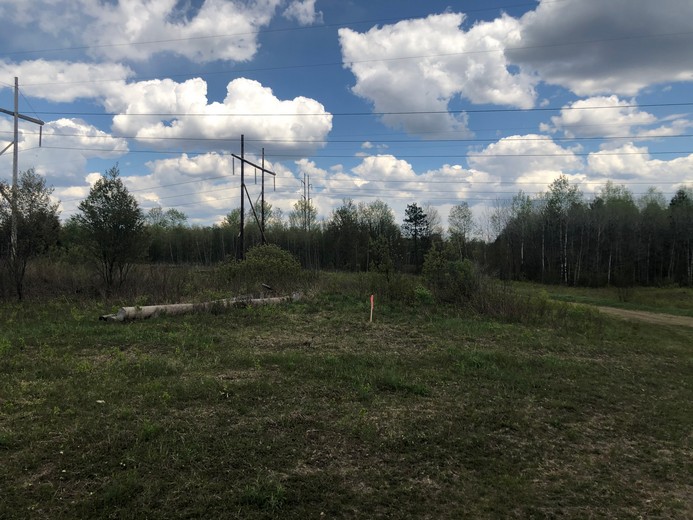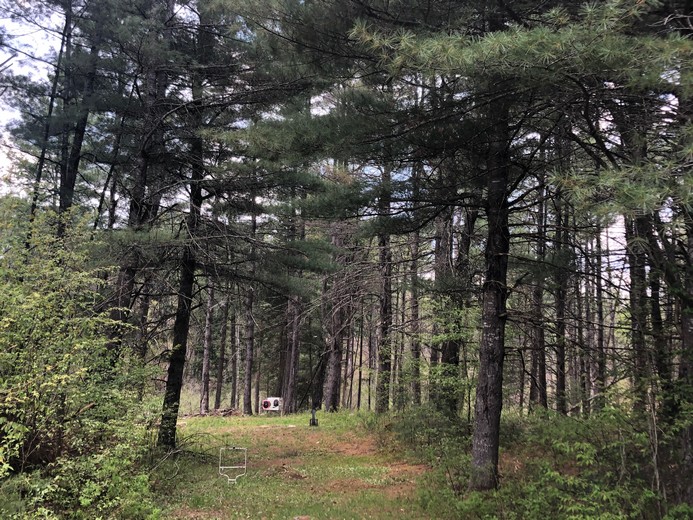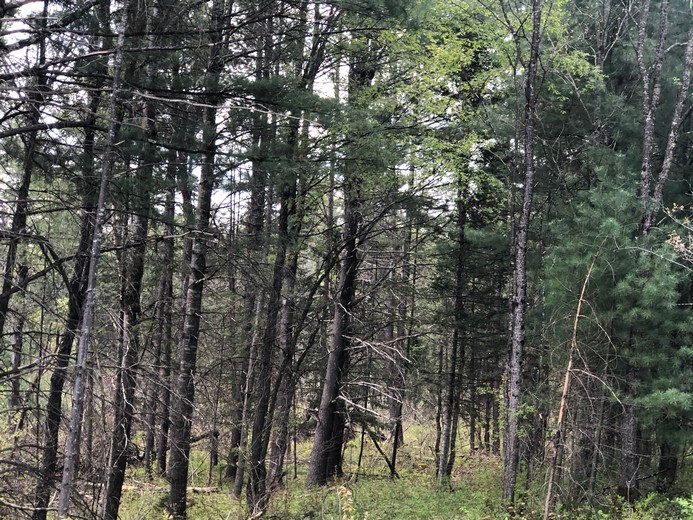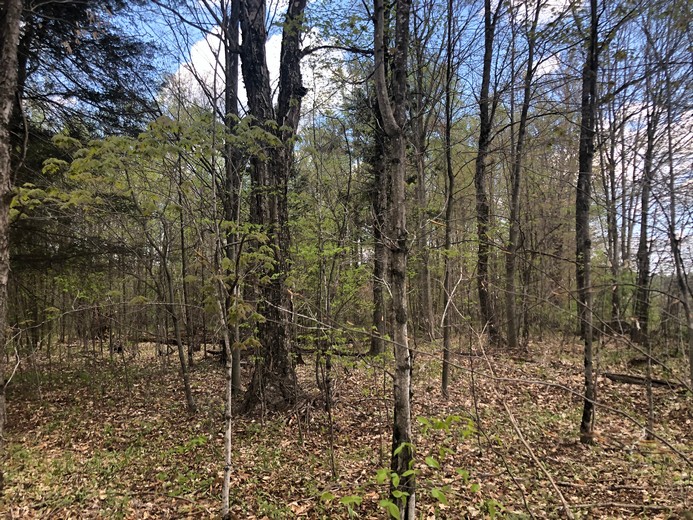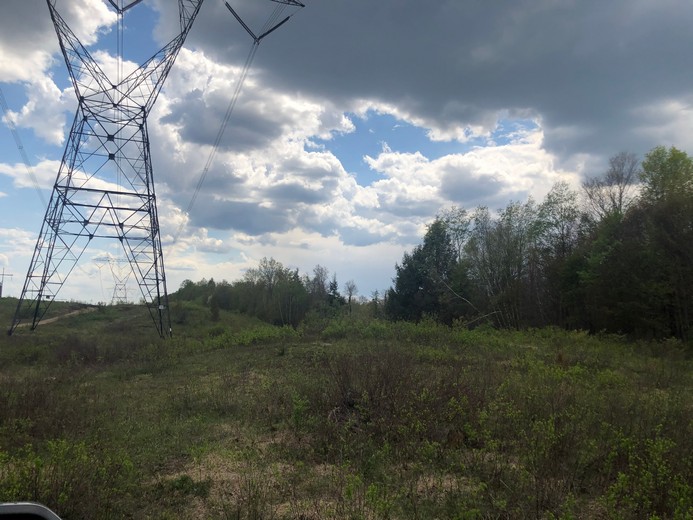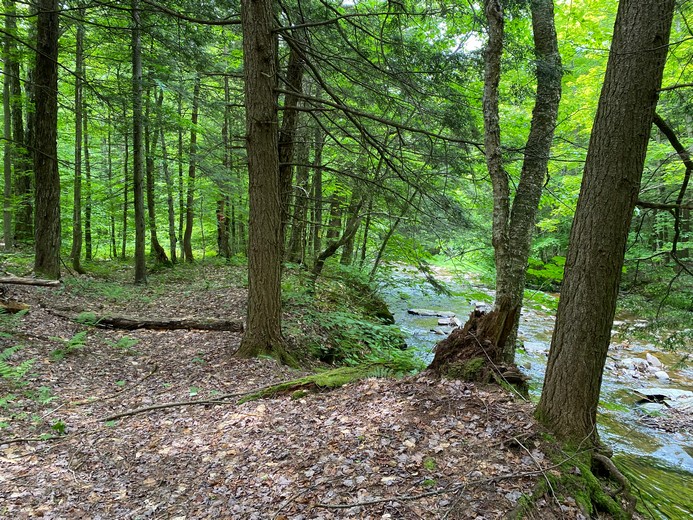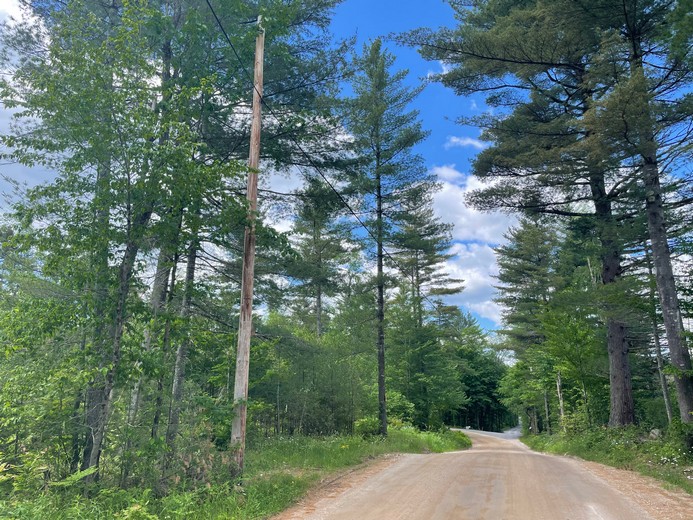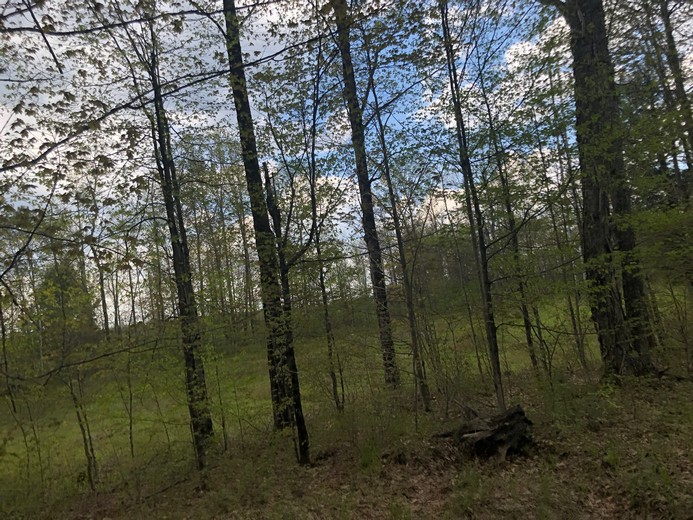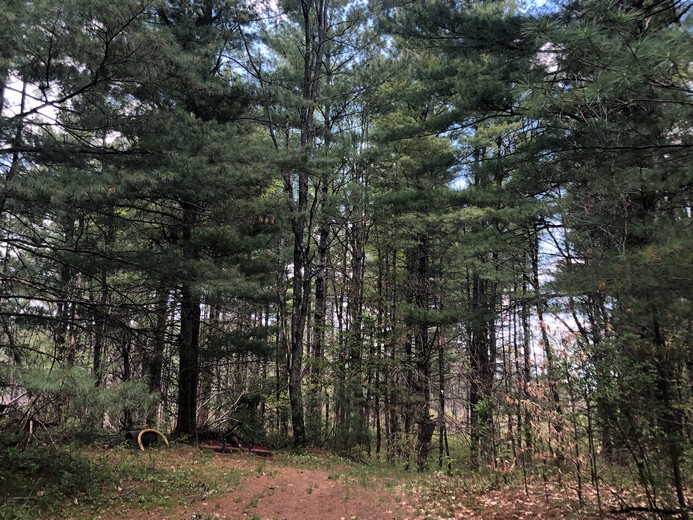Land For Sale Western New York

Western New York, a region once synonymous with bustling industry and sprawling farmland, is experiencing a notable shift in its landscape: land is increasingly being offered for sale. This availability, ranging from small residential lots to vast agricultural tracts, presents both opportunities and challenges for prospective buyers, developers, and the region's overall economic future.
The surge in land listings across Western New York requires a deeper exploration. We need to examine the driving forces behind this trend, the types of land available, the potential uses for these properties, and the broader implications for the region's development and economic trajectory. This article aims to provide a comprehensive overview of the land market in Western New York, drawing on expert insights and available data to offer a nuanced understanding of this evolving situation.
Factors Driving Land Sales
Several factors are contributing to the increased availability of land in Western New York. These include demographic shifts, changing agricultural practices, and economic restructuring.
Demographic changes play a significant role. The region has experienced a gradual population decline over the past few decades, leading some landowners, particularly older generations, to sell their properties as they downsize or move elsewhere.
Changing agricultural practices are also a key driver. The profitability of small-scale farming has decreased. This has led some farmers to consolidate their operations or exit the industry altogether, freeing up land for other uses.
Economic restructuring further complicates the picture. The decline of traditional manufacturing industries has left some industrial sites vacant. These sites can present unique redevelopment opportunities, but also pose environmental challenges.
Types of Land Available
The types of land available for sale in Western New York are diverse, reflecting the region's varied geography and history. They range from residential to commercial and agricultural.
Residential Lots
Residential lots are available in both established neighborhoods and new developments. These lots are often attractive to individuals seeking to build custom homes or to developers looking to expand housing options in the region.
Commercial Properties
Commercial properties include vacant storefronts, industrial sites, and land suitable for retail or office development. The demand for commercial land varies depending on the specific location and the overall economic climate.
Agricultural Land
Agricultural land represents a significant portion of the available land in Western New York. These properties range from small farms to large-scale agricultural operations, offering opportunities for both established farmers and aspiring entrepreneurs.
Undeveloped Land
Undeveloped land, often consisting of forested areas or vacant parcels, presents unique opportunities for conservation, recreation, or potential future development. This type of land may require significant investment in infrastructure and environmental assessments.
Potential Uses and Opportunities
The available land in Western New York presents a range of potential uses and opportunities. These opportunities include residential development, commercial expansion, agricultural innovation, and recreational tourism.
Residential development can address the region's housing needs and attract new residents. New housing projects, particularly those offering affordable options, could help revitalize communities and boost the local economy.
Commercial expansion can create jobs and attract investment. New retail businesses, office complexes, and industrial facilities can contribute to a more vibrant and diverse economy.
Agricultural innovation can enhance the region's agricultural sector. Investing in new technologies, sustainable farming practices, and value-added agricultural products can help farmers thrive in a competitive market.
Recreational tourism can capitalize on the region's natural beauty and outdoor attractions. Developing trails, parks, and other recreational facilities can attract tourists and boost the local tourism industry.
Challenges and Considerations
Despite the opportunities, there are several challenges and considerations associated with purchasing land in Western New York. These include environmental regulations, zoning restrictions, and economic uncertainties.
Environmental regulations can significantly impact the development of land. Prospective buyers must conduct thorough environmental assessments to identify and address any potential contamination or other environmental issues.
Zoning restrictions can limit the types of development allowed on a particular piece of land. Buyers need to carefully review zoning regulations to ensure that their intended use is permitted.
Economic uncertainties, such as fluctuations in interest rates and changes in consumer demand, can also pose challenges. These uncertainties can make it difficult to predict the long-term value and viability of a land investment.
According to data from the New York State Department of Agriculture and Markets, preserving agricultural land is critical for the region's economic and environmental sustainability. Balancing development with the preservation of farmland is a key challenge for policymakers and landowners alike.
Perspectives and Opinions
Different stakeholders hold varying perspectives on the issue of land sales in Western New York. These include developers, environmental groups, and local residents.
Developers often view the availability of land as an opportunity to create new housing, commercial spaces, and recreational facilities. They emphasize the potential for economic growth and job creation.
Environmental groups are concerned about the potential impact of development on natural resources and ecosystems. They advocate for responsible land use planning and the protection of environmentally sensitive areas.
Local residents may have mixed feelings about land sales. Some welcome new development as a way to revitalize their communities, while others worry about the impact on their quality of life and property values.
Looking Ahead
The future of the land market in Western New York will depend on a variety of factors, including economic conditions, demographic trends, and policy decisions. Understanding these factors is crucial for making informed decisions about land use and development.
Investing in infrastructure, such as transportation and utilities, can make land more attractive to developers and businesses. This is according to a report by the Western New York Regional Economic Development Council.
Promoting sustainable development practices can help balance economic growth with environmental protection. This includes encouraging the use of green building techniques and preserving open space.
Engaging local communities in the planning process can ensure that development reflects their needs and priorities. This requires open communication, collaboration, and a willingness to compromise.

